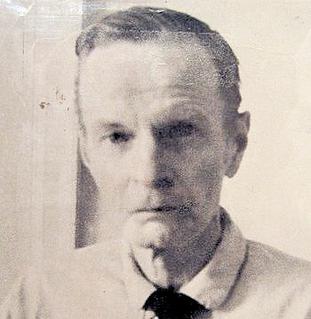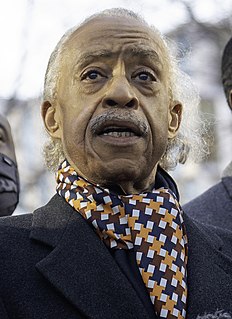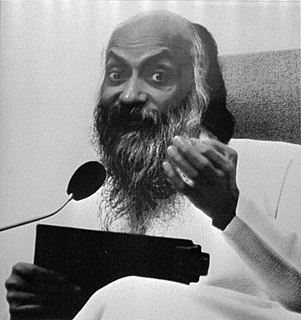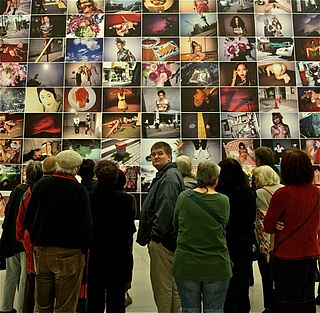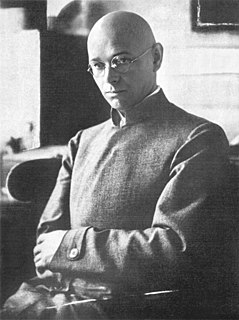A Quote by Frederick Douglass
In all the relations of life and death, we are met by the color line.
Related Quotes
The girl's face was the color of talcum. Her uncle's was a death mask, a bone structure overlaid by parchment. Shane's was granite, with a glistening line of sweat just below his hair line. He'd never forget this night, the detective knew, no matter what else happened for the rest of his life. They were all getting scars on their souls, the sort of scars people got in the Dark Ages, when they believed in devils and black magic. (Speak To Me Of Death)
Red has been praised for its nobility of the color of life. But the true color of life is not red. Red is the color of violence, or of life broken open, edited, and published. Or if red is indeed the color of life, it is so only on condition that it is not seen. Once fully visible, red is the color of life violated, and in the act of betrayal and of waste.
The specter of color is apparent even when it goes unmentioned, and it is all too often the unseen force that influences public policy as well as private relationships. There is nothing more remarkable than the ingenuity that the various demarcations of the color line reflect. If only the same creative energy could be used to eradicate the color line; then its days would indeed be numbered.
Birth leads to death, death precedes birth. So if you want to see life as it really is, it is rounded on both the sides by death. Death is the beginning and death is again the end, and life is just the illusion in between. You feel alive between two deaths; the passage joining one death to another you call life. Buddha says this is not life. This life is dukkha - misery. This life is death.
The greatest mystery in life is not life itself, but death. Death is the culmination of life, the ultimate blossoming of life. In death the whole life is summed up, in death you arrive. Life is a pilgrimage towards death. From the very beginning, death is coming. From the moment of birth, death has started coming towards you, you have started moving towards death.
The two black lines on the armband means that they're the deceased's family. One line means they are either friends or acquaintances. One line of the arm, one line on the heart. The bastards who stood by my side with two lines, they'll be the hardest farewells I'll have to make in my life, and they're the luckiest fortune I've met in my lifetime.
Everybody is afraid of death for the simple reason that we have not tasted of life yet. The man who knows what life is, is never afraid of death; he welcomes death. Whenever death comes he hugs death, he embraces death, he welcomes death, he receives death as a guest. To the man who has not known what life is, death is an enemy; and to the man who knows what life is, death is the ultimate crescendo of life.
By 'coming to terms with life' I mean: the reality of death has become a definite part of my life; my life has, so to speak, been extended by death, by my looking death in the eye and accepting it, by accepting destruction as part of life and no longer wasting my energies on fear of death or the refusal to acknowledge its inevitability. It sounds paradoxical: by excluding death from our life we cannot live a full life, and by admitting death into our life we enlarge and enrich it.
Laughter. Yes, laughter is the Zen attitude towards death and towards life too, because life and death are not separate. Whatsoever is your attitude towards life will be your attitude towards death, because death comes as the ultimate flowering of life. Life exists for death. Life exists through death. Without death there will be no life at all. Death is not the end but the culmination, the crescendo. Death is not the enemy it is the friend. It makes life possible.

